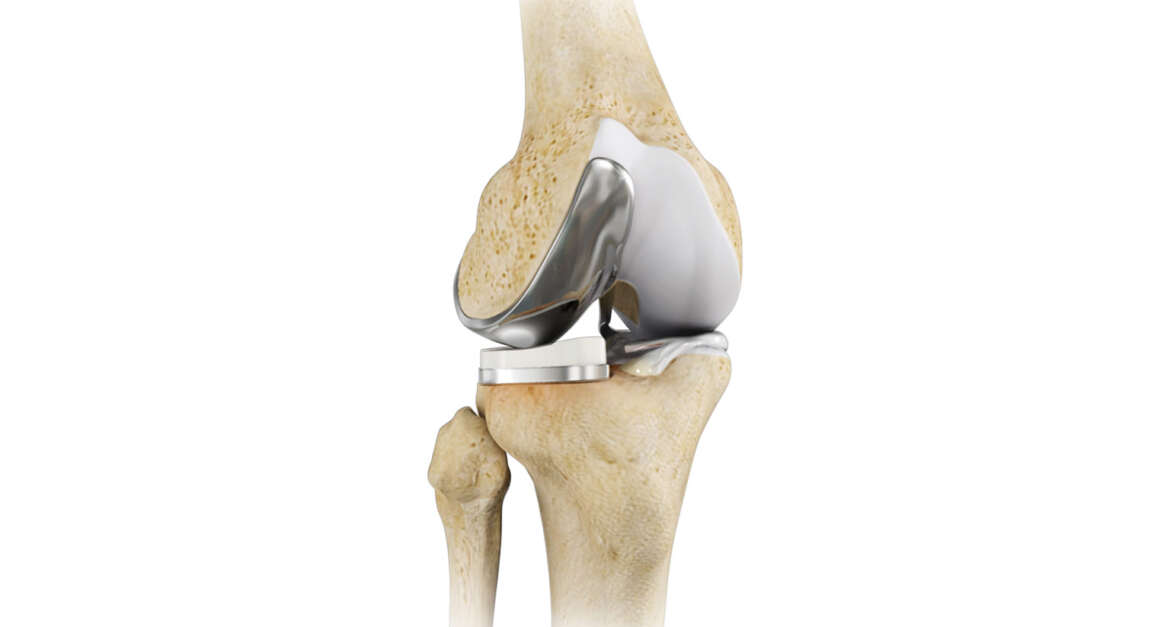Unicondylar Knee Replacement Surgery
Unicondylar knee replacement surgery is a type of knee replacement surgery that involves replacing only one part of the knee joint. Specifically, it involves replacing the damaged or worn-out portion of the knee joint with an artificial implant. This can be a good option for people who have arthritis or other types of damage to only one side of the knee joint, as it allows them to retain more of their natural knee structure and function. Unicondylar knee replacement surgery is generally considered to be less invasive and have a shorter recovery time than a full knee replacement surgery, but it may not be appropriate for all patients depending on the extent of their knee damage and other factors.
Benefits of Unicondylar Knee Replacement Surgery
One of the main benefits of unicondylar knee replacement surgery is that it is a less invasive procedure than a full knee replacement. This means that the surgery typically involves smaller incisions and a shorter recovery time. Additionally, because only one part of the knee joint is being replaced, patients may experience less pain and have a quicker return to normal activities.
Another benefit of unicondylar knee replacement surgery is that it allows patients to retain more of their natural knee structure and function. This is because only the damaged or worn-out portion of the knee joint is replaced with an artificial implant, leaving the healthy parts of the knee joint intact. This can result in a knee that feels more natural and may have a better range of motion compared to a full knee replacement.
Overall, the benefits of unicondylar knee replacement surgery can include less pain, a shorter recovery time, and better preservation of natural knee structure and function. However, it is important to note that the suitability of this type of surgery depends on individual factors such as the extent of knee damage and overall health.
